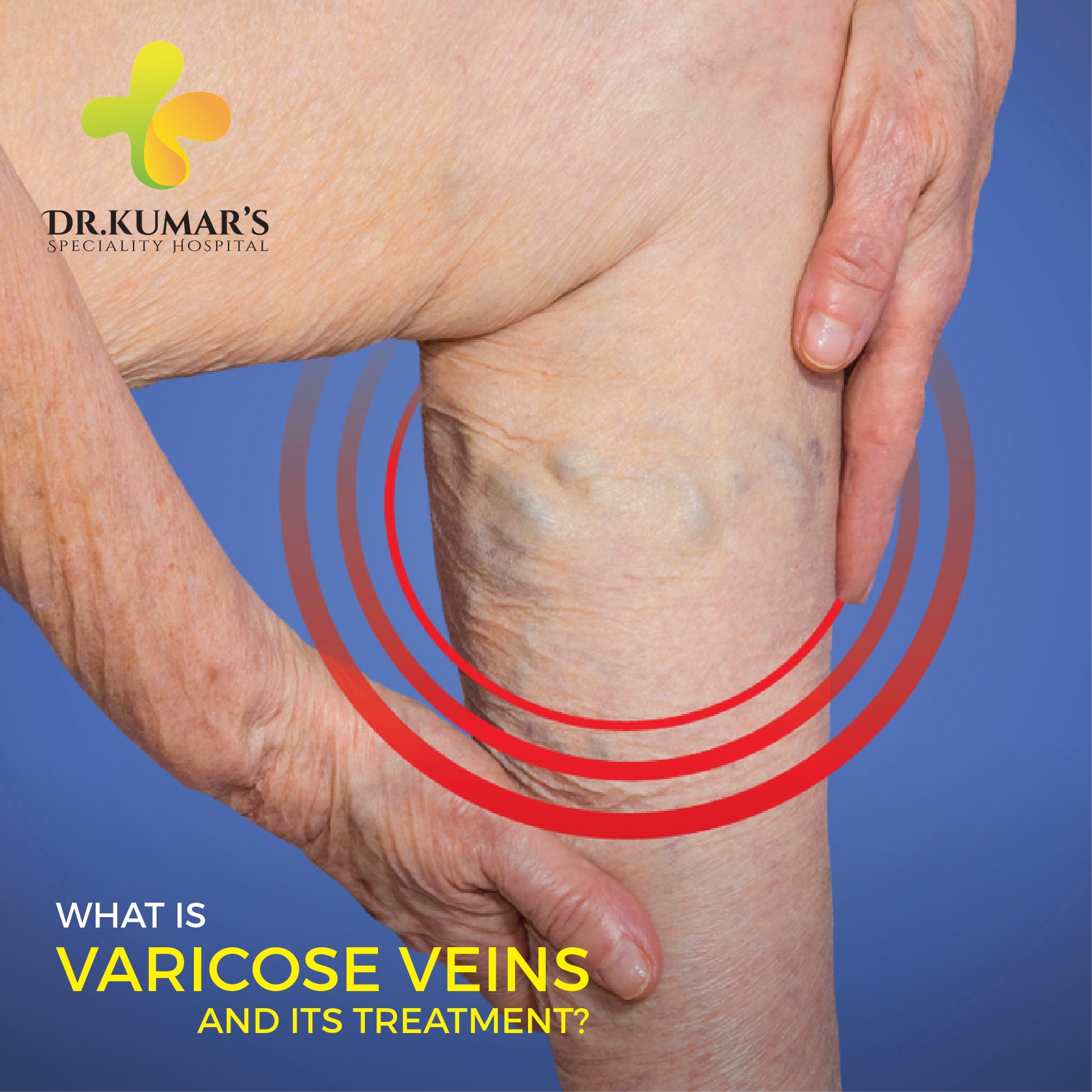
Those veins which as we see mostly as we age and are jagged purple lines or swollen with bluish colour spreading across our calves and thighs are actually the spider veins and varicose veins.
Spider veins are smaller, twisted blood vessels and may be red, purple or blue which can be mostly seen on the legs and sometimes on the face. They are called so because of their spider web like pattern.
Varicose veins on the other hand are larger blood vessels that become swollen and twisted and are visible through the skin. They are mostly of dark blue in colour and stick out of the skin like raised tunnels. They are more visible on the legs and ankles.
Causes for Spider & Varicose veins
Usually healthy veins carry blood from various parts of the body to the heart through blood vessels that have a series of one-way valves. These valves are there to ensure that blood flows only in one direction that is from distal veins to the deeper veins and the heart. These veins are surrounded by muscles which help in pumping the blood to the heart.
If there is a problem with the valves, muscles or blood itself then blood starts to pool in the vein. When the blood pools like this, the pressure in the veins goes up and their walls weaken. The result is that the vein tends to bulge and twist. Based on the size of the vein and on the extent of the bulging, they become spider veins or varicose veins.
Who are at risk?
It is found that women are twice as prone to get varicose veins as men. The problem is aggravated in those who stand for a long time on their feet like nurses, teachers, police and so on. Other f actors are age, obesity, pregnancy, trauma and surgery to the leg or a genetic predisposition to varicose veins.
What are the symptoms?
Varicose veins are accompanied by severe aching and cramping in the legs. The affected area will have throbbing sensation, burning, tingling or a heavy feel. When there is severe inflammation the veins may become tender to touch and cause reduced circulation. The result is itchiness and swollen ankles. Chronic skin changes include discolouration and ulceration of the skin in that area.
Spider and varicose veins become unsightly and cause some psychological distress but generally do not pose any health threat. Sometimes they can ulcerate forming sores on the skin especially near the ankles. Varicose veins can sometimes form blood clots which are very painful in the long run.
What are the treatments?
A very common treatment for spider and varicose veins problem is a pair of support stockings. They are also called compression stockings, and they improve the circulation while relieving pain and discomfort.
Some lifestyle changes including walking and weight reduction can bring great relief. A low-salt diet can control swelling while propping up the legs with a pillow or recliner at above the level of the heart can give good results.
Some other treatments include laser therapy, vein surgery in severe cases and radiofrequency ablation in some cases.
